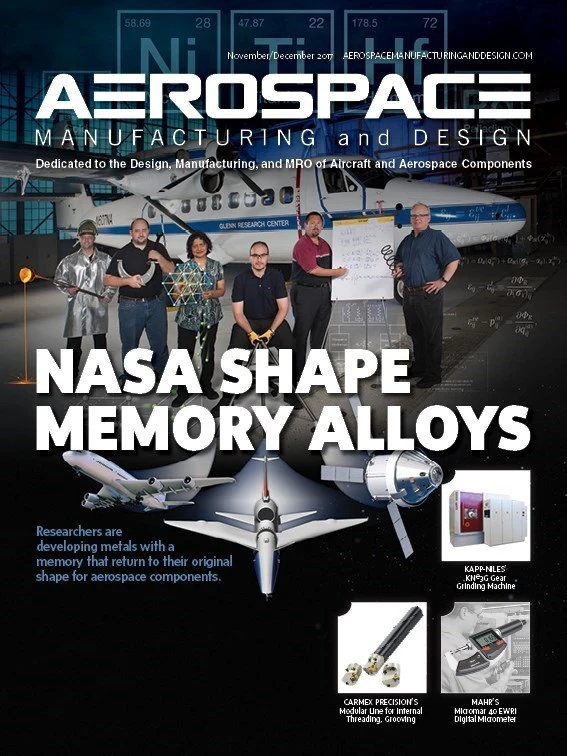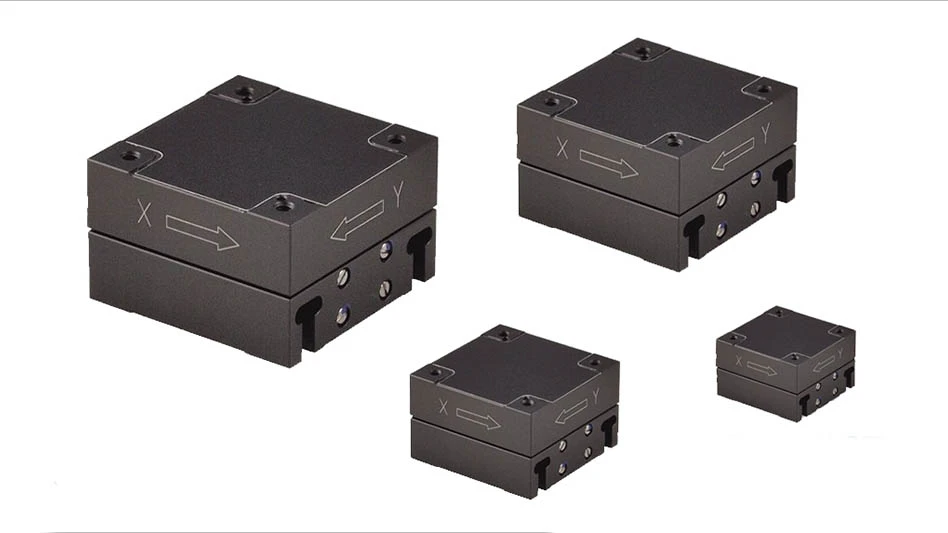
Lockheed Martin has revealed the first images from an experimental, ultra-thin optical instrument, showing it could be possible to shrink space telescopes to a sliver of the size of today’s systems while maintaining equivalent resolution.
Weighing 90% less than a typical telescope, the Segmented Planar Imaging Detector for Electro-Optical Reconnaissance (SPIDER) opens a path for extremely lightweight optical instruments, allowing for more hosted payloads or smaller spacecraft. The sensor technology has applications for aircraft and other vehicles that depend on small optical sensors. The future could see unmanned aerial vehicles with

The SPIDER project has roots in research funded by the Defense Advanced Research Projects Agency (DARPA). Lockheed Martin independently completed this phase of research at its Advanced Technology Center (ATC).
“This is generation-after-next capability we’re building from the ground up,” says Scott Fouse, ATC vice president. “Our goal is to replicate the same performance of a space telescope in an instrument that is about an inch thick. That’s never been done before. We’re on our way to make space imaging a low-cost capability so our customers can see more, explore more, and learn more.”
The system uses tiny lenses to feed optical data divided and recombined in a photonic integrated circuit (PIC), originally designed for telecommunications at the University of California, Davis. Using these chips in a different way, Lockheed Martin researchers unlocked new potential for ultra-thin telescopes using a technique called interferometric imaging.

The tests involved a PIC aligned to a series of 30 lenses, each smaller than a millimeter across. An optical system simulated the distance from space to the ground, where scenes were illuminated and rotated. The first image included a standard bar test pattern, and the second image showed the overhead view of a complex train yard (below left).
The lenses and PIC comprise one section of a full instrument to be assembled in the next project phase. The team plans to increase the resolution and field of view in future phases.
Lockheed Martinwww.lockheedmartin.com

Explore the November December 2017 Issue
Check out more from this issue and find your next story to read.
Latest from Aerospace Manufacturing and Design
- Talking machine tools with the professionals who build them
- Tools and strategies for improving your machining processes
- America Makes announces QTIME project call
- Innovation meets precision for 40% faster machining
- Upcoming webinar: Pro tips from a supply chain strategist
- Heart Aerospace relocates to Los Angeles
- Fixtureworks introduces Stablelock Clamps
- Piasecki acquires Kaman's KARGO UAV program





